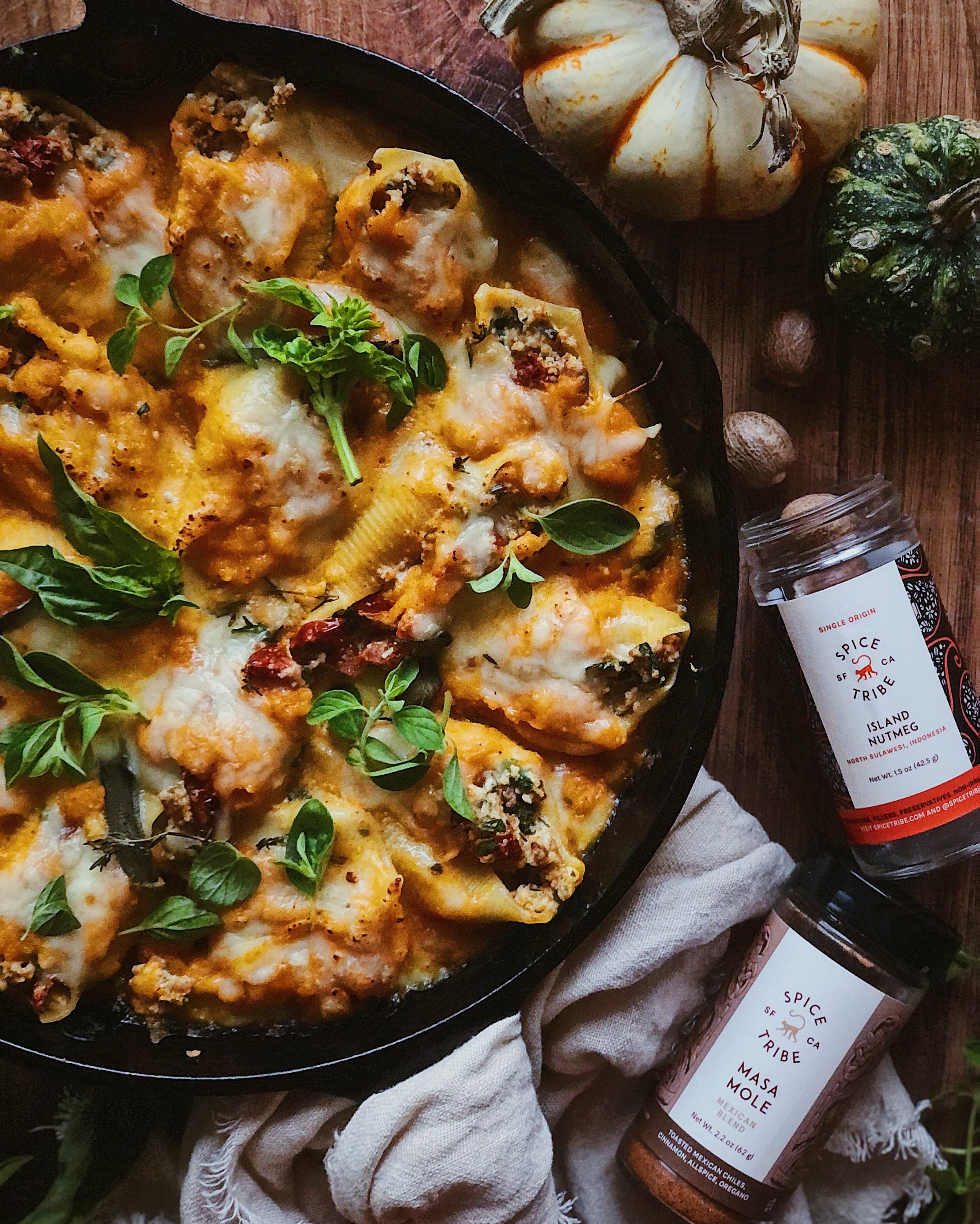Recipe: Mini Frittata Muffins with Lap Cheong and Scallions
/I used to make these mini frittata muffins as a go-to recipe for parties and potlucks when I was in college and into my early twenties. It is a super easy recipe with the help of instant buttermilk pancake mix, and you can add whatever fillings you would normally enjoy inside a quiche or frittata. Over a decade later, and with much more appreciation for the flavors associated with my Chinese heritage, I decided to revisit the old tried and true recipe and incorporate lap cheong (Chinese sweet sausage) and scallions. (I’m actually pretty obsessed with the combo of lap cheong, scallions, and cheese these days. You can find my recipe for stuffed cheesy bread with these ingredients here.) The end result is the flavors you’d expect in a Chinese-American fusion breakfast, in a nicely portable format.
Back when I was making this recipe all the time, I called them “quiche muffins” because I didn’t really understand the nuances of all the different baked egg dishes out there but in reality the texture is much more like a frittata—a frittata that is slightly leaning in the direction of a biscuit, in a muffin wrapper.
About substitutions: Feel free to swap things out according to your tastes or put your own cultural spin on it. Approach the ingredients as you would if you were making a quiche or omelette; if it makes sense to pre-cook the ingredient for one of these preparations, you should do the same here. Any grated semi-soft cheese would work, as well as crumbled chèvre or feta (though you may want to reduce the amount if using a soft cheese due to the added moisture).
Now, about the edible flowers. This recipe is great for the completely unnecessary but very Instagram worthy edible flower treatment because the batter is quite wet. Anything where the delicate flowers petals and herbs are in contact with moisture in the oven is going to help keep their color and shape better (compared to, say, a shortbread cookie). Here, I used calendulas, wood sorrel, violas, wild fennel, lemon balm, and oregano—a combination of foraged and home grown. As these were baking, I also watched over them like a wistful (but much less anxious) Great British Bake-Off contestant. Because the calendula flowers have layered petals, I would gently press down the top layers as they curled up in the oven to stay in contact with the batter, and that’s how I was able to help maintain their shape despite the heat. Here is what these cuties looked like before baking:
This recipe was adapted from Allrecipes.
How to Make Mini Frittata Muffins with Lap Cheong and Scallions
(Makes 6 muffins)
Ingredients
3 eggs
2/3 cup American style dry buttermilk pancake mix
~2 cups grated cheddar
2 lap cheong sausages
2 scallions, chopped
nonstick spray or 6 muffin liners
Procedure
Preheat oven to 350°F. Line or grease muffin tins.
Peel off and discard the outer casing of the lap cheong and cut into 1/8”–1/4” pieces. In a small skillet, fry the lap cheong on medium heat until cooked through. Drain on a paper towel and allow to cool slightly.
Beat eggs thoroughly in a mixing bowl. Stir in pancake mix. Then fold in cooked lap cheong, scallions, and cheese.
Divide the batter among the muffin tins, filling them only two-thirds of the way. If desired, decorate with herbs and edible flowers.
Bake for 12–15 minutes or until an inserted toothpick comes out clean. Allow them to cool and set slightly before removing and enjoying.
These photos were shot in partnership with Pete and Gerry’s. To find their free range organic eggs near you, click here.







































































